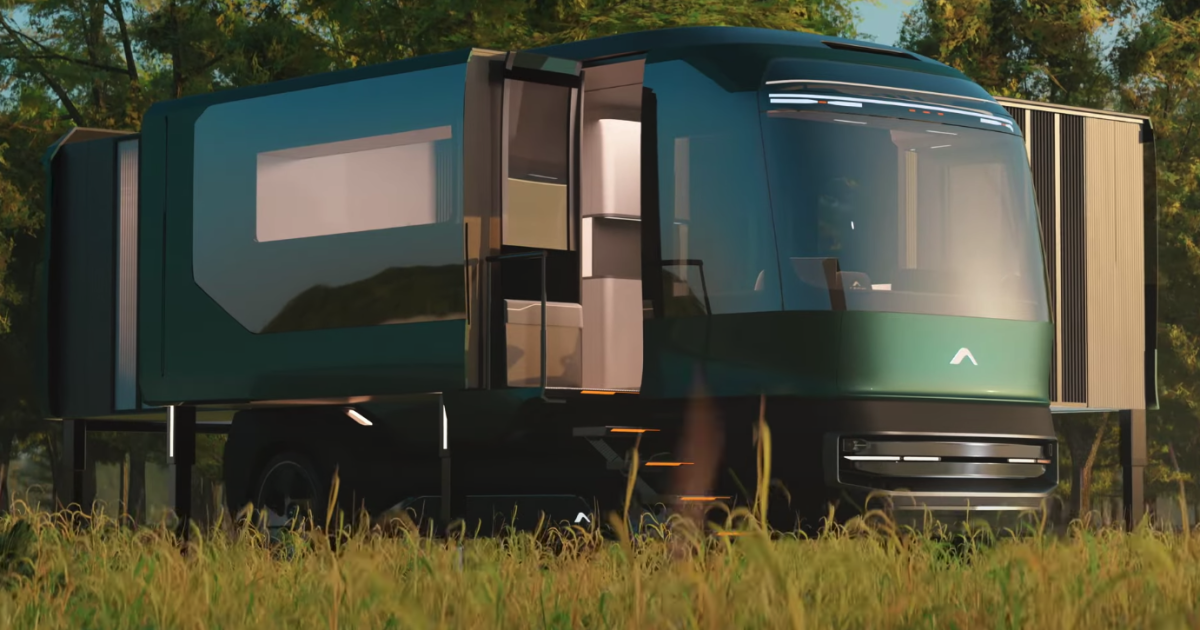Every summer and fall, California's skies turn crimson. In perfect disaster conditions—drought, extreme heat, and powerful winds—flames devour not only homes but also final resting places. In the fire's wake, only gray ash remains where forests, houses, and graves once stood. When the last physical evidence of the deceased vanishes without a trace, families experience a devastating double loss unlike anything they've known before.
This tragedy is no longer limited to California. As climate change accelerates, countless graves in South Korea have also been reduced to ashes by wildfires. This grim reality unfolding worldwide signals that we must fundamentally reconsider our funeral practices.
The Birth of the Second Funeral
The traditional notion that "one funeral is sufficient" no longer holds in our era. When wildfires, floods, or earthquakes consume graves, the physical point of remembrance disappears. This is precisely why we need a "second funeral." Even after conducting initial rites, when a grave is destroyed, we must somehow restore traces of the deceased and commemorate them anew.
My projects at New York's BigCdotWorks—'No Stone Tombstone Cemetery Solutions' and 'SIM Eternal Funeral Ceremony'—offer creative solutions to this challenge. Considering the scale and frequency of disasters, combining digital technology with mobility for a "second funeral" is no longer optional but essential.
The Promise of Tombstone-Free Cemeteries
The 'No Stone Tombstone Cemetery Solutions' concept is exactly what it sounds like: an innovative cemetery solution that functions without stone markers. Using XR (extended reality) technology, hologram and kiosk, we digitally archive photos, videos, and voices of the deceased, creating virtual memorial spaces. Even if physical graves are destroyed by natural disasters, we uphold the value that "though the grave may vanish, memory and commemoration endure."

No Stone Tombstone Cemetery Concept Image
'SIM Eternal Funeral Ceremony' goes a step further, designing "mobile second funerals" using specially modified vehicles (PBVs) or shuttle buses that travel to affected areas or where families gather, enabling real-time access to XR-based memorial spaces through a hybrid model.

Sim Eternal Funeral Ceremony
The Tragic Reality of Disaster Recovery: Forgotten Spaces of Death
When major disasters strike, resources and attention naturally focus on rebuilding survivors' lives. Enormous costs are directed toward reconstructing collapsed homes and infrastructure, with disaster aid prioritized for survivors. In this process, restoring destroyed graves and memorial spaces often takes a back seat. The ideal of "cities where life and death coexist" becomes powerless against reality.
Despite these constraints, preserving funeral cultures that honor the deceased requires creative, cost-effective alternatives. This is why BigCdotWorks proposes solutions combining digital archiving, XR technology, and mobility. By building virtual cemeteries accessible to everyone instead of physical graves, and redesigning funerals as "mobile ceremonies," meaningful memorial services become possible even with limited resources.
Implementing Mobile Memorial Services
As recent California wildfires show, burial grounds across vast areas can be destroyed in an instant. SIM Eternal Funeral Ceremony offers special value in such situations. Buses or vehicles converted into memorial halls travel directly to disaster areas. On-site, they collect and immediately upload digital materials from those who knew the deceased. The journey itself becomes a meaningful memorial ritual as it traverses multiple locations.
Adapting emerging Mobile Home concepts or Purpose-Based Vehicles for funeral services enables faster, more economical implementation. Converting commercial, tourism, or residential vehicles into memorial spaces or digital collection points significantly reduces production costs and infrastructure burdens.

The image of Eth Home | Source: New Atlas
New Community Bonds Forged Through Technology
Perhaps most important is the community solidarity this approach creates. Disaster zones like wildfire areas often have destroyed transportation networks or limited access. When specialized mobility vehicles directly reach scattered families and acquaintances, natural community bonds form. Using XR technology to virtually recreate vanished graves and conduct "second funerals" on-site respects the "realm of death" while minimizing the burden on residents focused on rebuilding their lives.
Paradigm Shift in Memorial Culture for the Climate Crisis Era
California's wildfires grow larger every year, while climate crisis-related disasters increase globally across South Korea, Australia, Europe, and beyond. In this trajectory, insisting on physical graves becomes increasingly impractical. Yet we needn't abandon connections to the deceased or their memories. The direction proposed by No Stone Tombstone Cemetery Solutions and SIM Eternal Funeral Ceremony is to digitalize the concept of "cemeteries" itself, creating memorial cultures that remain stable despite global disasters.
This approach is particularly valuable as a cost-effective alternative in a reality where disaster recovery budgets focus on "survivor support." At BigCdotWorks, we view death not merely as sadness or fear but as an essential element of future cities, addressing "how to honor and remember the deceased" through creative methods that merge tradition with technology.
The Perfect Balance of Emotion and Technology: A Blueprint for Future Funerals
Emotionally, we provide time for families to remember together through videos and voices of the deceased. Technologically, we build "virtual cemeteries" using XR and cloud-based systems. Rather than creating one-time emotional impacts through digital twins of celebrities or documentary films, we aim for low-cost service models accessible to anyone, acknowledging the post-disaster reality where budgets concentrate on survival and recovery.
Overcoming loss through technology, mobility, and communal rituals isn't merely experimental—it's an inevitable challenge future societies must face. As California wildfires demonstrate, traditional graves can no longer guarantee permanence in natural disasters. If honoring the deceased remains important, the solution depends on "how to expand and redesign funerals."
The Second Funeral: An Essential Future, Not a Choice
The digital cemetery and mobile second funeral utilizing mobility vehicles proposed by No Stone Tombstone Cemetery Solutions and SIM Eternal Funeral Ceremony offer creative solutions to this problem. This approach, which preserves the lives of the deceased and families' memories for the future even when physical traces disappear, also realizes the ideal of "cities where life and death coexist." This becomes crucial in emerging concepts of future cities—floating cities, underwater cities, or space cities—arising from rising sea levels, climate change, increasing life expectancy, and pandemics.

The Concept image of Future alternative City
Ultimately, these solutions are methodologies to preserve the names and lives of the deceased even in extreme disaster situations, and integrated future funeral models that don't neglect the meaning of death even during periods focused on life reconstruction. Moving beyond tradition to open a "new funeral and memorial paradigm" suited to the climate crisis era is the only way to protect human dignity and memory in the face of disaster.


